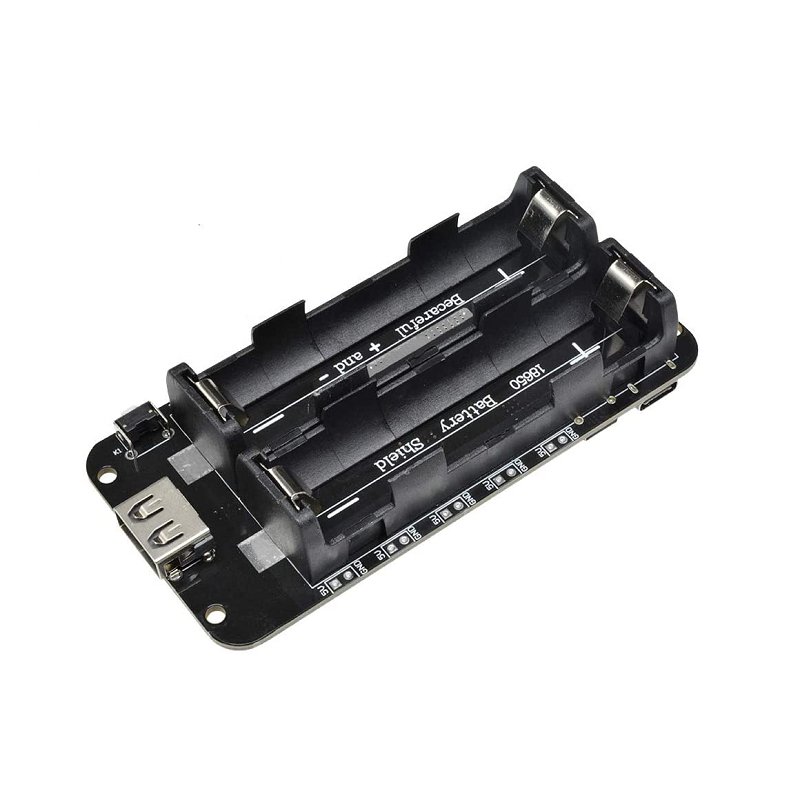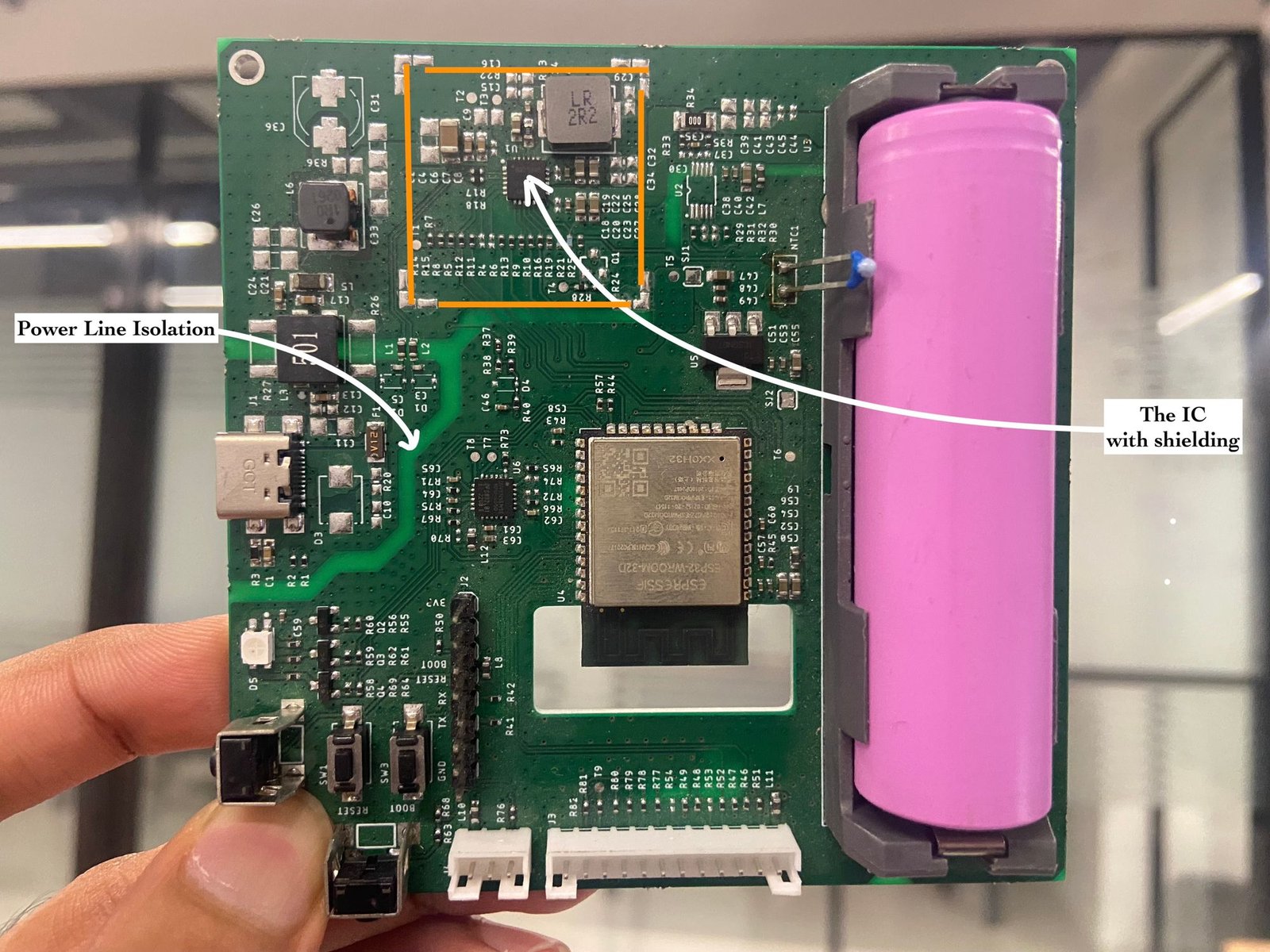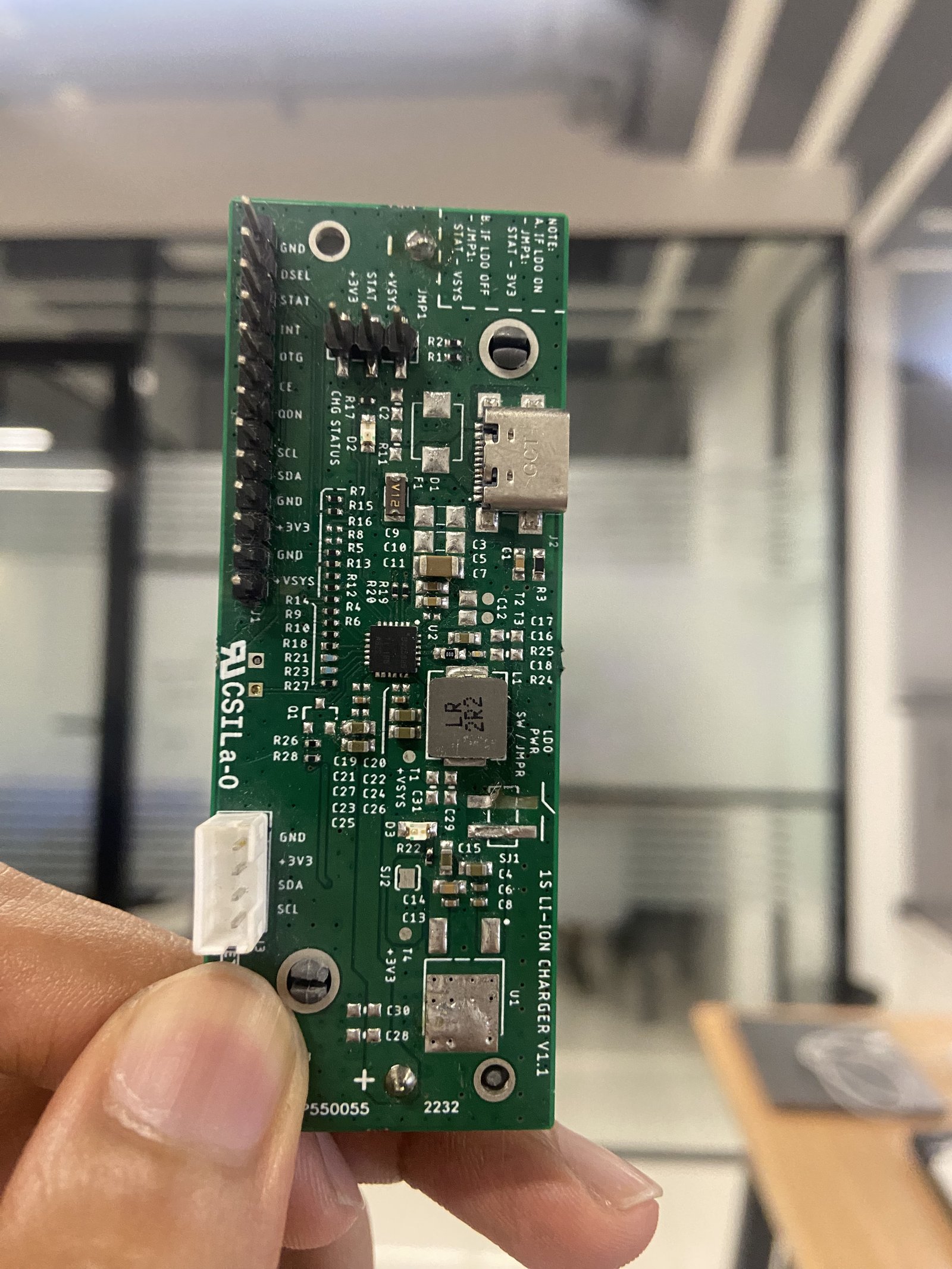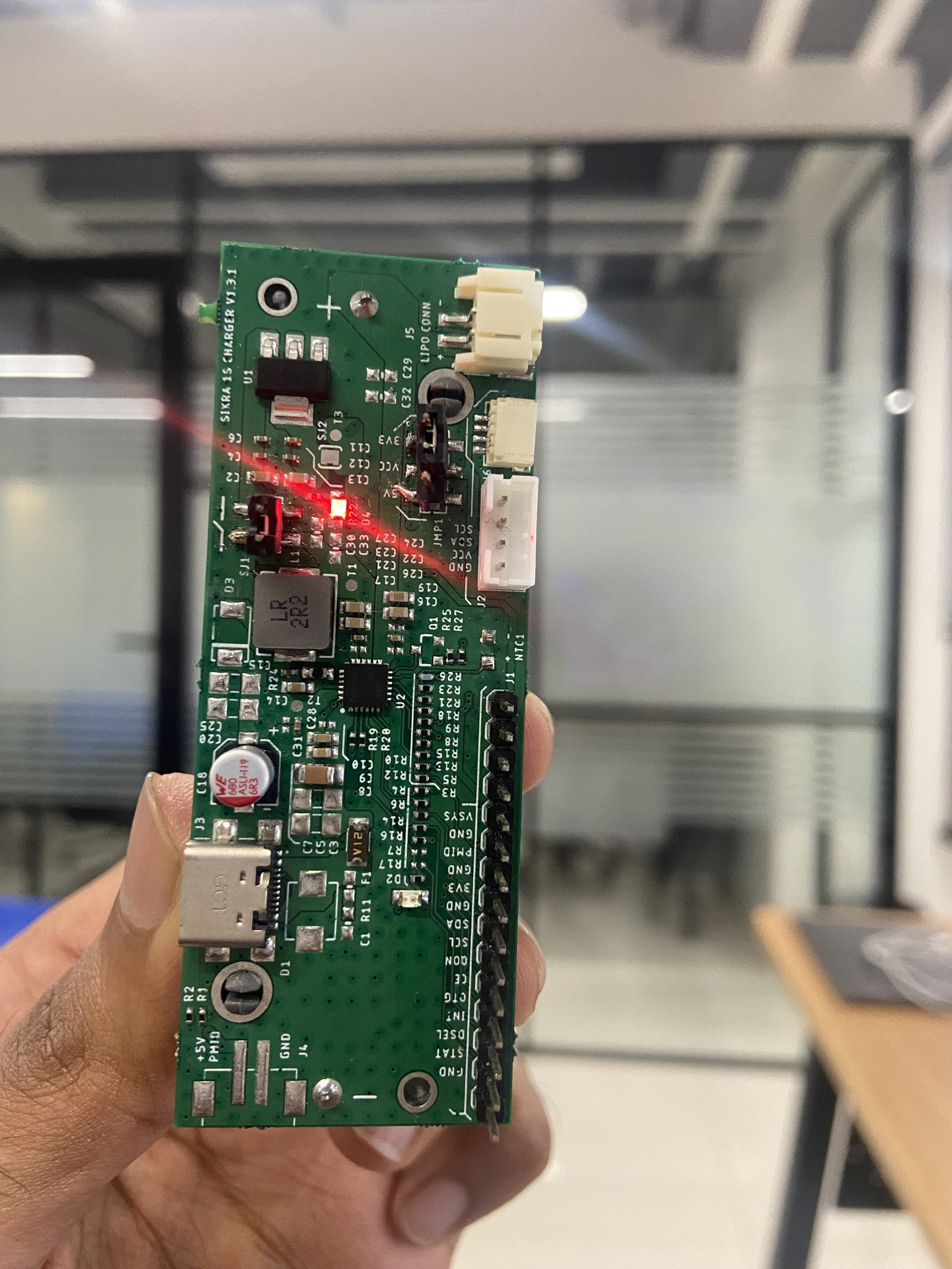Project update 2 of 3
Why We Created Open UpCell
by Ishan DagaThe Why
Open UpCell was created from an internal need we had for a CE/FCC certified, any-capacity, one-size-fits-all power source for all of our hardware moving forward.
The Situation circa 2020 B.O.C (Before Open UpCell)
Before UpCell, we’d prototype our battery powered designs using an off-the-shelf Li-ion power supply similar to Li-ion shields like the very popular TP4056 IC, like this one:
This shield worked well-enough for our prototypes, though it was quite unreliable. Some glaring concerns for us, that prevented us from using these in the final product, were:
- Lack of short circuit protection
- No over-discharge protection - spells doom for Li-ion batteries
- No control over charging currents or maximum discharge
- No temperature feedback to manage charging Li-ion batteries in hotter climates
- No battery level indication over I2C bus
- No dead cell detection or input fuses
- Sourcing the ICs used in the shield proved virtually impossible, so altering its design to suit our products was also tough
The above alone made the shield unsuitable for any product looking to be safe and reliable for long-term consumer use.
Apart from these issues, there several were others documented by the Arduino community.
All in all, using this shield was not fun.
A Way Out
While looking for alternatives with active support and available stock for another battery-critical project, we stumbled upon the BQ25895 from Texas Instruments. After a careful evaluation of its capabilities, we came to the conclusion this was the savior we were seeking out all along!
It addressed all the problems we had with previous solutions, and did even more! We were already 200% sold on the IC when we realized it also came with built-in USB-PD negotiation and supported any lithium-ion based cells, across multiple different nominal cell voltages. This meant we could *design once, use forever !*
Iterate, Iterate, Iterate, …
Our first design with TI IC was included on an ESP32-based presence detection board, with Type-C charging and power-line isolation. Even our embedded software team was pleasantly surprised with the *granularity of control* over charging as well the amount of *observability* enabled through a single IC solution - a boon during the supply chain crisis that came with the 2020 pandemic. Here is what the first board to use the IC looked like:
From here, we also tested the same IC with Li-Po single packs and 3.2 V flatpack Li-ion batteries, and it worked just as well. The next steps were clear to us: use this design in as many places as possible! Why re-invent the wheel for every project, when we found something that fits all?
From here, we took the same design as above and got it to fit into the footprint of a 18650 battery, compact enough for most projects and similar to other current solutions.
Though we were internally quite happy with our first iteration, early user feedback led us to realize this version had a few issues that were critical to a lot of folks:
- N boost-mode 5 V output
- Only took a single capacity battery, the 18650, nothing else
- Only one connection to output from the four-pin JST-PH
- Only worked with a 3.3v I2C interface, no 5 V option
Today
So we iterated a few more times and landed on what is our current version and the star of this campaign:
This version addressed the early concerns and added a few more options as well:
- A StemmaQT Qwicc connector
- A Li-po two-pin jumper for direct use with Li-po batteries
- Support for 21700 battery holders
- 5 V boost mode enabled by default (but controllable via I2C interface)
- Independent 5 V and 3.3 V and V-BAT outputs, so multiple voltage levels can be pulled from the same singular unit
- A jumper to completely shut-off the 3.3v LDO-driven output
- A jumper to switch I2C between 3.3v and 5v
We’re super happy with everything we’ve been able to accomplish with this single IC and we thank you all for the support so far!
Additional thanks for the folks over at Circuit Digest and Hackster News who took the time to review our campaign!
In the Coming Weeks
We’re hoping to be fully funded and will be releasing an Arduino Library to work with the I2C interface, model files to 3D print cases for the board, and Gerber files and schematics for connector boards to work with breadboards and the Raspberry Pi. We also plan to create tutorials covering how we set up a UPS for a Raspberry Pi and as a backup for a WiFi Router, and how we used a solar panel with the board for some hydroponics!



